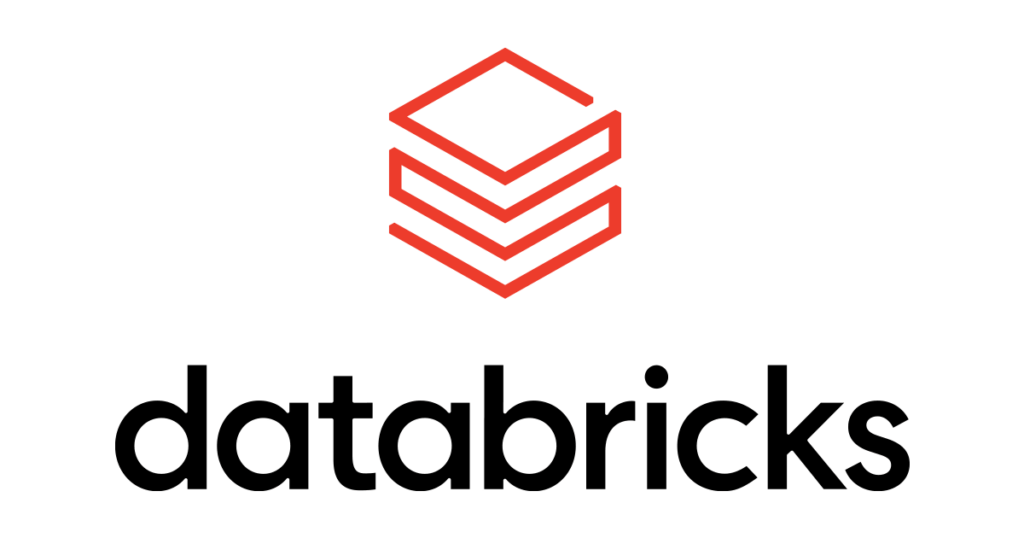Shell, Adobe, Burberry, Columbia, Bayer – you know the names. But what do the gas and oil company, the computer software giant, the luxury fashion house, the top outdoor brand, and the multinational pharmaceutical company have in common?
The answer is simple: They use the same technology to make the most of data. Along with thousands of other data-driven organizations across multiple industries, these leaders have chosen Databrick to help them make strategic business decisions. In this article, we’ll explore the reasons behind this choice and the challenges it presents.
What is Databricks?
Databricks is an analytics platform with a unified set of tools for data engineering, data management, data science, and machine learning. It combines the best elements of a data warehouse, a centralized repository for structured data, and a data lake used to host large amounts of raw data. The relatively new storage architecture behind Databricks is called a data lakehouse.
For more details, read our article Data Lakehouse: Concept, Key Features, and Architecture Layers.
The lakehouse platform was founded by the creators of Apache Spark, a processing engine for big data workloads. The authors aimed to accelerate innovation by eliminating data silos, enabling companies to perform machine learning on all types of data, and simplifying collaboration between all parties involved in AI projects. Let’s take a look at what Databricks has to offer.
Databricks Architecture
Databricks provides an ecosystem of tools and services that cover the entire analytics process, from data ingestion to training and deploying machine learning models. Built for big data, the platform addresses the problems associated with data lakes – such as lack of data integrity, poor data quality, and low performance compared to data warehouses. These improvements are made possible by the core components of the Databricks architecture – Delta Lake and Unity Catalog.



